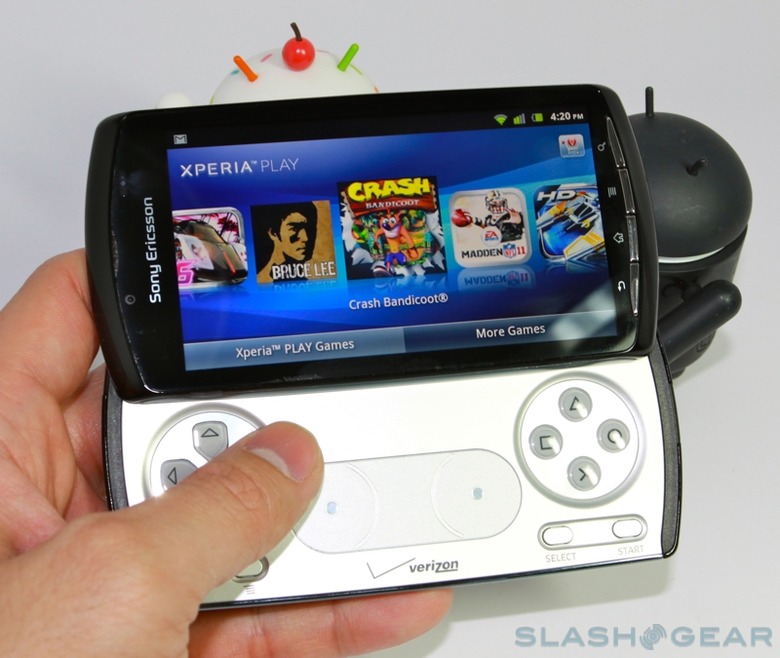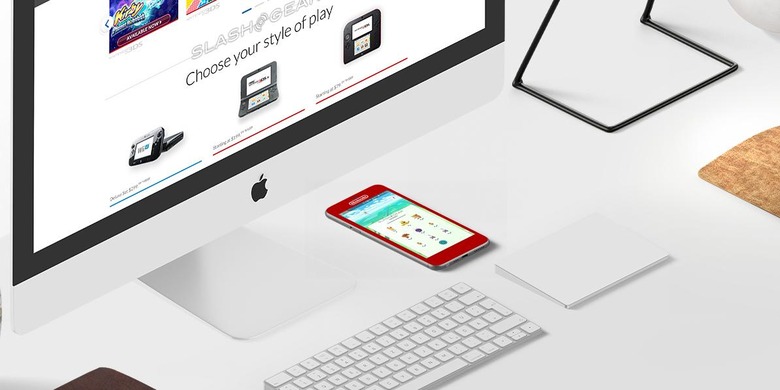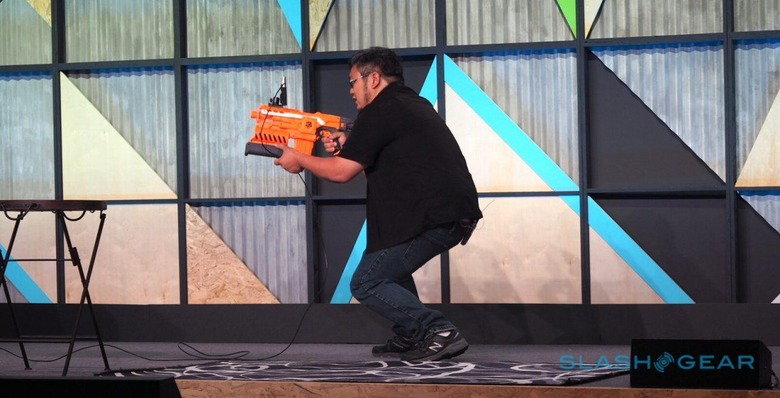It's The Right Time For A Nintendo Phone
Nintendo has traditionally been steadfast in its dedication to hardware, even as rival consoles have out-performed, out-exclusived, and eventually out-sold it in the process. It's taken the company years to concede that yes, smartphone gaming and leveraging the value of its game IP might be a good way of making money, and sure enough Nintendo's stock price has soared as Pokemon GO became a must-have on iOS and Android.
The triumph of Pokemon GO, however, could give Nintendo an unexpected path back into hardware.
Gaming phones have been tried before, generally without much success. Nokia's N-Gage was roundly criticized for introducing us to sidetalking, but neither the original nor its N-Gage QD successor made more than the slightest of dents in the mobile gaming market, dominated at the time by the Game Boy Advance and other dedicated handhelds.
Later, Sony Ericsson attempted something similar with the Xperia Play, a sliding Android phone with PSP-style buttons. It, too, failed to create the splash many hoped it would, its fate sealed when Sony Ericsson decided to abandon Android updates little more than a year after the phone had launched.

What helps distinguish Pokemon GO is how non-traditional its gameplay is. No button-bashing, or sitting in front of a TV for hours on end, but instead heading out with the smartphone that was probably already in your hand, and exploring a virtual world that has been blended in with the physical environment. It's something you couldn't do without all the key components of a modern phone: a sizable display, cellular connectivity, GPS, and a camera.
Indeed, smartphones, and Android in particular, are well placed to tackle just the sort of location-based gaming that Pokemon GO capitalizes on. The augmented reality on which the game is based, of course, comes from former internal Google startup Niantic, Inc., which used the lessons it had learned developing multiplayer game Ingress to deploy the Nintendo characters around the real world.
Meanwhile, Project Tango may be yet to spawn a consumer device – that'll arrive later in the year, from Lenovo – but the non-GPS localization system has plenty of potential for games and apps like Pokemon GO that rely on blending virtual and real.

What might a Nintendo smartphone look like? Given the tendency of the company's fans to flock to special-edition hardware – whether it be Pokemon, Zelda, or Mario themed, or something else – a strong design tie-in with a popular franchise would seem an obvious choice.
Perhaps an Android-based Pokemon Pokedex is too niche even for Nintendo fans, but there's another possibility. One recent trend in Android devices is modularity: Google is experimenting with the idea in Project Ara, while LG has made the accessory ecosystem of its G5 a key marketing point.
A Nintendo Android phone that slotted into a Pokedex accessory – perhaps unlocking exclusive content and games in the process – is eminently possible. Zelda fans could get an ocarina add-on, while there are all manner of possible accessories you can imagine for Wii Sports. The blaster Google has demonstrated Project Tango with on multiple occasions would be just as useful playing Duck Hunt.

Relying on a mixture of hardware and software would also give Nintendo some confidence that pirated copies of its games wouldn't instantly overshadow any profits from legitimate versions.
Augmented reality alone is intriguing but still insufficient to make a successful game. The comparative degrees of success of Ingress and Pokemon GO, for instance, only highlight the importance of a hook with which to grab gamers' attention: in this case, building on an established, popular brand like Pokemon.
Luckily, if there's one thing Nintendo has in spades, it's beloved franchises.
NOW READ: The best tips & secrets for Pokemon GO
As recent entrants into the smartphone space have discovered, it's no longer the gold rush it once was. The commoditization of even the most cutting-edge hardware, combined with the ubiquity of Android and a growing range of ultra-affordable handsets has left even well-known players struggling.
Even so, Nintendo may have stumbled on the key to success where others have stumbled. Putting gamers physically into the gameplay has proved more engaging than anybody could have expected; now, Nintendo needs to decide how it will stoke that enthusiasm, and whether hardware still holds the most important space in its strategy.
